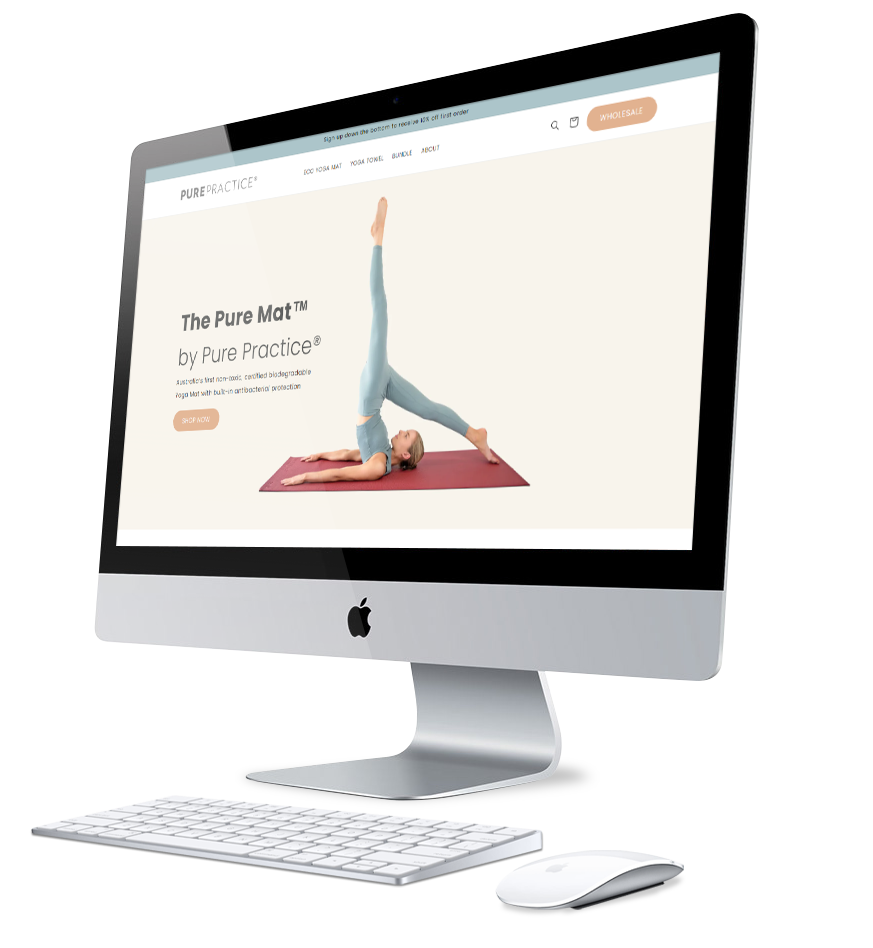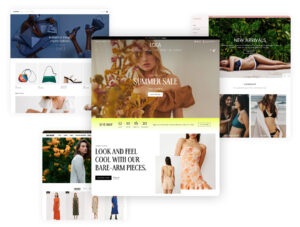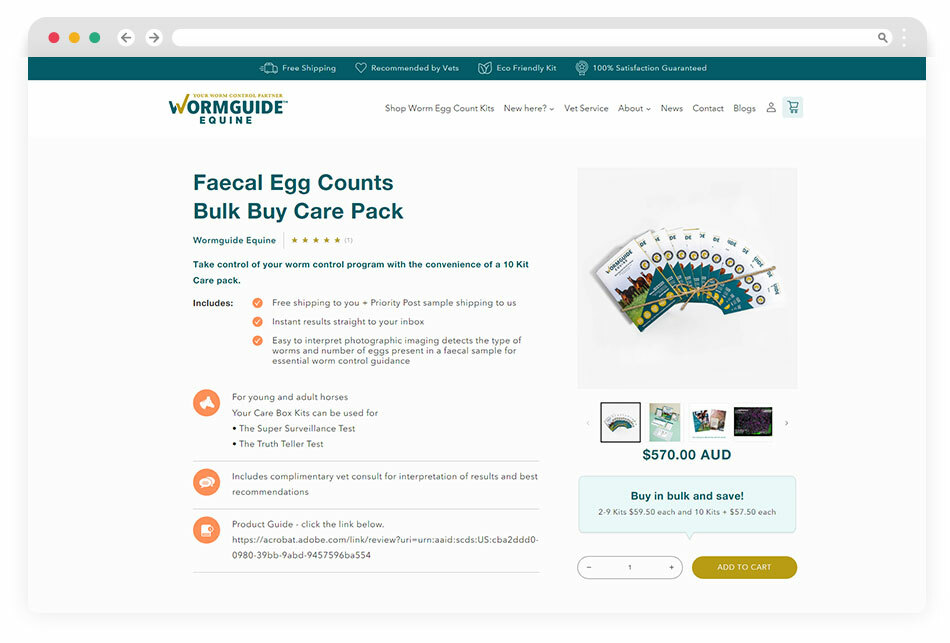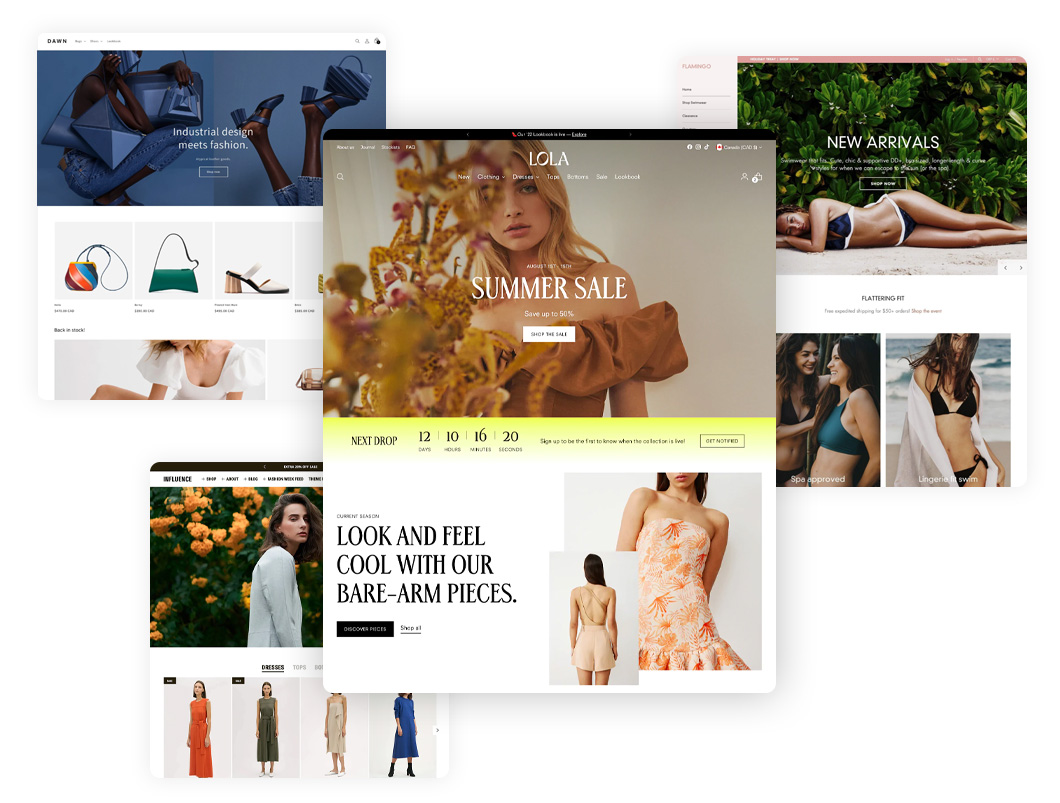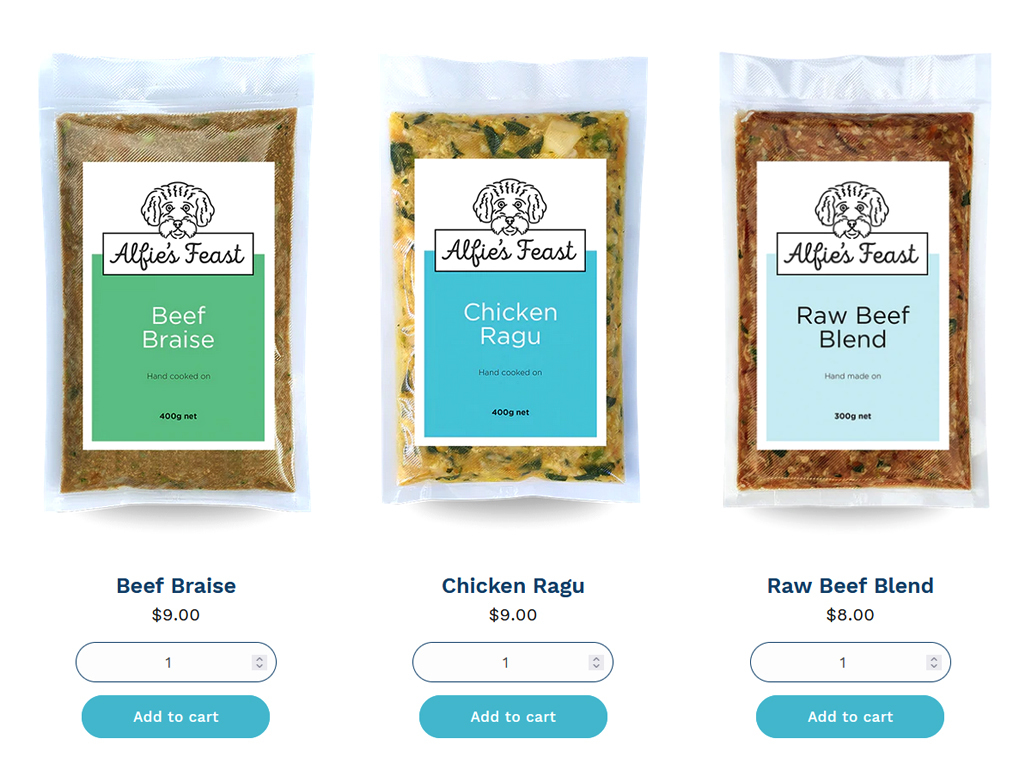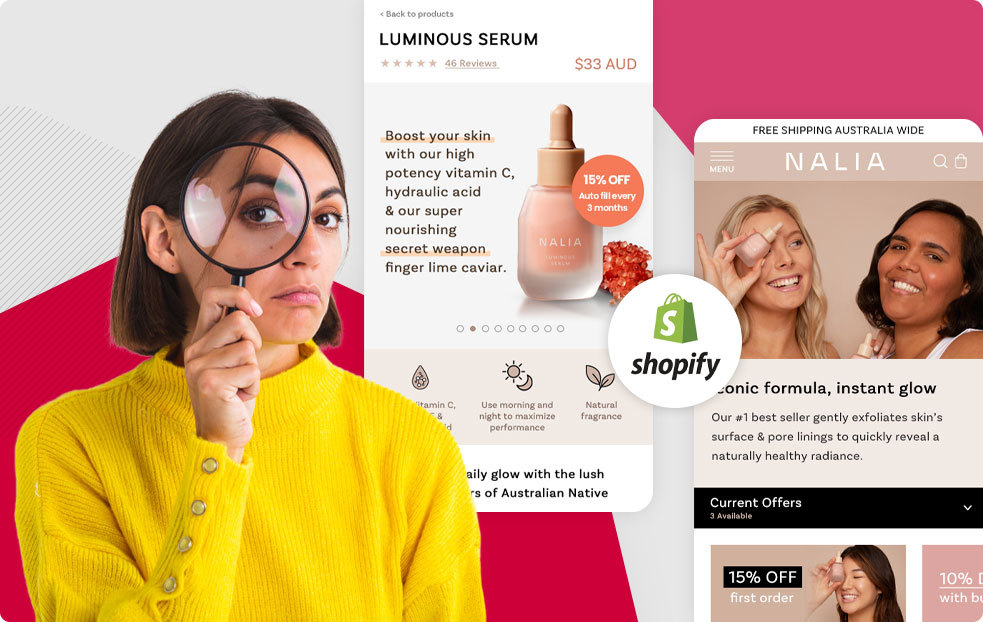I hope you enjoy reading this blog post.
If you want to discuss your website, we're here to help! Talk to Johannah.
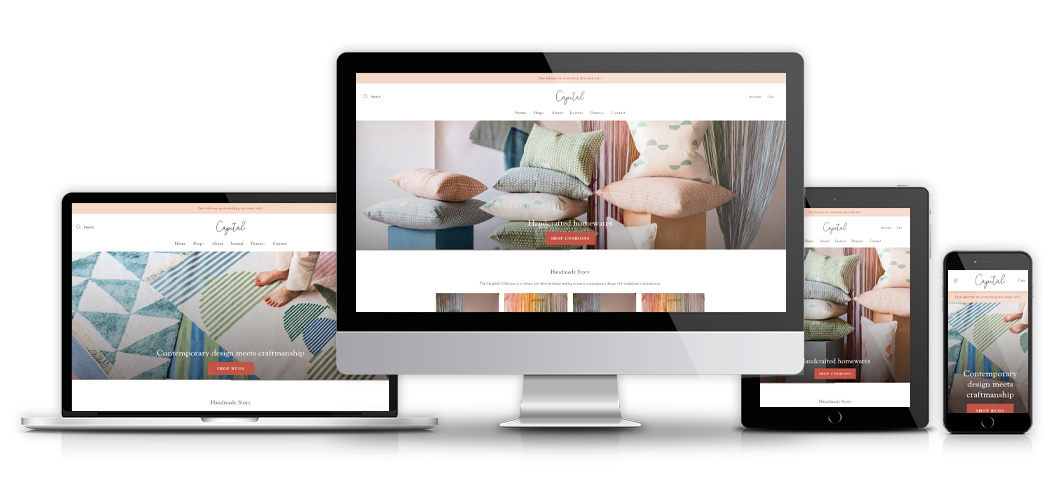
3 Essential Steps For Great Ecommerce Website Design
3 Essential Steps For Great eCommerce Website Design
If you’ve been thinking of starting your own eCommerce store, then now is the perfect time to get started. Ecommerce is booming in Australia and will continue to do so, accounting for an estimated AU$97 billion by 2025. With that in mind, the team at Confetti Design have put together the 3 Essential Steps for Great eCommerce Website Design to help.
The great news is eCommerce store builders such as Shopify or WooCommerce make it very easy to get up and running quickly. They also offer very low barriers to entry in terms of cost and technical ability needed. You can get a store up and running in a matter of hours!
That being said, designing an eCommerce store that will actually convert visitors into buying customers takes more than just picking a nice theme, installing some apps, and waiting for the magic to happen.
The reality is only about 1.94% of visits convert into a purchase. Online shoppers are increasingly savvy, and if your store doesn’t have the right conversion elements in place, they will click away to your competition without a second thought. Explore our ecommerce portfolio or Shopify experts portfolio.
Ecommerce Website Design Elements
With stakes that high and margins that tight, it’s important to make sure that your ecommerce store has the right design elements in place to build trust, demonstrate value, and get those sales!
Follow the 3 steps below to ensure your store is designed for success.
1. Think about your ecommerce website design brand
Your branding is like your business DNA. It defines who you are, what you represent, and what value you offer. It also differentiates you from your competition by giving customers a shopping experience that’s unique to YOU.
If you want to design a successful ecommerce store – and hey, who doesn’t? – you must put the customer experience first. The more you can give them what they want, the easier the sales process will be.
So take some time to think about what your ideal customers are looking for, and how you can communicate that with your brand. Does your brand offer a high end experience? Or is it a fun and playful feel? Do they value exclusivity? Or are they bargain hunters?
Your colour palette, your copy tone of voice, your photography style, and your page layout all play a part in bringing your brand to life. So choose them wisely.
2. Select the right ecommerce website designed theme
Your ecommerce website design theme is more than your digital shopfront – it’s an introduction into your brand’s world. So as a rule of thumb, the more customisable your online store theme is, the better you’ll be able to create a highly branded store that stands out from the sea of cookie-cutter ecommerce websites.
Think about these questions when searching for your theme –
- What kind of experience do I want to give my customers?
- Which features are my customers looking for when shopping online?
- Are my competition offering anything I am not and can I do it better?
Finally, when you’re choosing your theme, make sure it ticks the boxes on the following
- Does it have an uncluttered home page?
- Does it have clear navigation?
- Does it look great on mobile and desktop?
- Does it have customisation options?
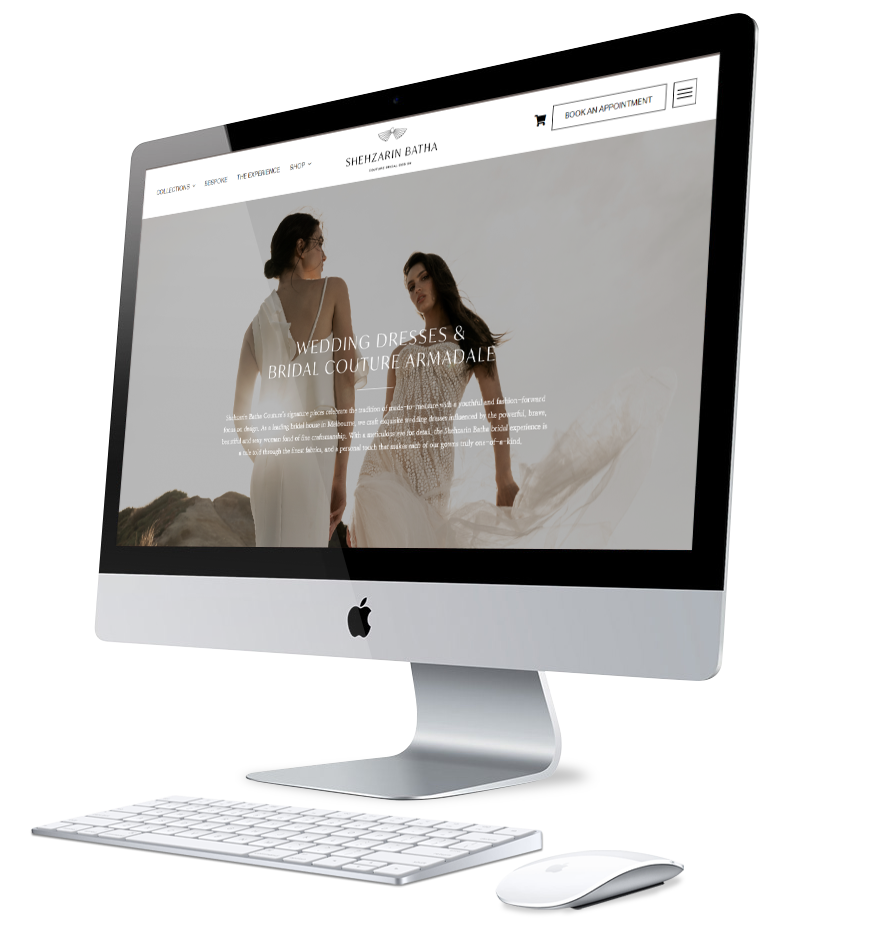
Does your ecommerce website design have an uncluttered home page?
Think of the last time you walked into a shop with loads of clutter. Shelves stacked to bursting. Lots of staff talking loudly at you. Bright colours that clashed and hurt your eyes. It was exhausting, right?
In the online world, you have 0.5 seconds to make a good first impression with your visitors. So it’s important that your online store homepage has a clean and welcoming design.
Ideally you want to showcase your best products in the hero space at the top of the page, and have plenty of space to present other products, conversion elements, and other messages in an orderly way.

Does your ecommerce website look great on mobile and desktop?
These days, the majority of internet browsing sessions happen on mobile.
So if you want to ensure you give the customer the experience they’re looking for, wherever they happen to be at the time, then you’d better make mobile friendly design a major priority.
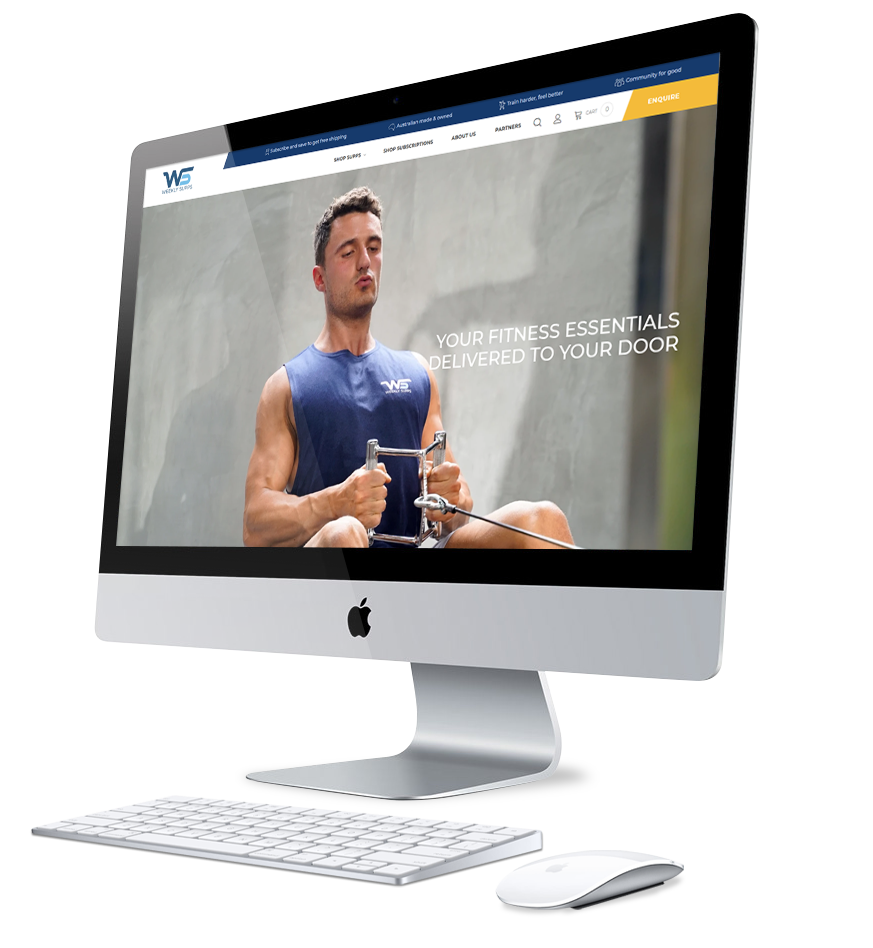
Does your Shopify theme have customisation options?
At a minimum, make sure you can fine-tune the look and feel of your site, including:
- Location of widgets, CTAs, text blocks, and trust badges
- Colour and fonts of different text, buttons, and headings
- Navigation and menu options
- Layout for social media buttons
- Image optimisations including compression
- Page builder functionality
It’s also important to note that popular ecommerce shop platforms such as Shopify and WooCommerce don’t come with many sales conversion elements built-in. So you will want to add customisations such as bundled product discounts, customer reviews, shipping updates, and email marketing functionality as well.
However, when you start introducing new functionality that’s beyond the limitations of their basic code, not all themes will continue to work properly. So make sure you understand whether the theme you’re choosing will ultimately be able to give you the store you want.
3. Install the right apps in your ecommerce website development
It might be tempting to install every useful app you can find in your store. After all, there are 1,000s to choose from, and they all seem to offer useful functionality that you didn’t even know you needed!
But in actual fact, apps slow your store down. Which is the kiss of death for your sales – 1 in 3 shoppers leave a website if they wait more than 5 seconds for a page to load.
So choose only a few hyper-useful apps and resist the urge to go gangbusters in the Shopify app store. Here are some of the basic apps you will need for a competitive edge
Reviews are vital for your ecommerce website design
Loox is a favourite of Shopify store owners and ecommerce shoppers alike. It’s a review app that allows stores to display shopper reviews including photos on your product pages.
Reviews are essential for driving all-important social proof, and Loox makes the whole process super easy.
Email marketing
Klayvio is a leading email and SMS marketing platform that doubles as a CRM. With only 8% of buyers ready to make a purchase the first time they visit your store, it’s essential that you capture their email addresses and keep in touch with them.
Klayvio makes it easy to send the right messages to the right people at the right time. Which is key for driving more sales from your email list.
Product variants
If you sell products that come in different sizes, weights, colours, or any other variant, you’ll need extra functionality for customers to select the option they want.
Best has created a handy Shopify app that lets you program pretty much any variant for the products in your Shopify store. Customers can even submit their own text, which is a game-changer if you sell engraved or personalised products.
Shipping
Shipping tracking apps let the customer know exactly when their parcel has been shipped, and how they can track its progress to their door. This enormously helps combat buyers remorse and also saves your customer service team from 100s of ‘where is my parcel’ emails!
Australia Post and Sendle are the two main choices for small ecommerce businesses. If you have a larger enterprise, you’ll want a multi-courier tracking option like Shippit.
You can get these from the Shopify app store or WooCommerce plugin store.
Wholesale
If your business has a wholesale arm, you’ll understand the extra work required to maintain two different customer lists, two sets of pricing, and so on.
Wholesale Club eliminates the need to create two versions of everything by managing volume and bulk discounts, custom pricing, and more.
Marketing
Tolstoy is a new kid on the block that is already being used by smart early adopters. It’s an interactive video platform that functions like a real-life customer service attendant. Viewers can respond with their choices and have a face-to-face conversation with someone while shopping in your online store.
Using this technology in your store is a sure-fire way to make your ecommerce website convert more, get better brand recognition, and build a loyal base of customers that love shopping with you.
Here at Confetti we think it’s going to be a major factor of ecommerce success in the future, so get on it!
BONUS STEP: Work with a professional Melbourne ecommerce website designer
If the thought of building your store feels a bit overwhelming, working with a professional ecommerce store designer is a great option for getting it done right without the stress.
At Confetti Design, we are Shopify and WooCommerce experts that specialise in building ecommerce stores that are not only beautiful but built for conversion.
As the preeminent web designer in Melbourne, we understand how to make your brand and technology work together. You want to provide a world-class user experience that customers will love coming back to again and again.
Want to read more about great website design to help with your Shopify planning? Read this too.
Are starting up a eCommerce business and looking for website design experts in Melbourne? Do you have an existing Shopify or WooCommerce website that needs improvement? Either way, Confetti Design can help!
Give us a call today.

Johannah Barton
Johannah is founder and owner of Confetti Design, a leading Melbourne Shopify Agency. Her extensive background in fashion, interior design, sales and marketing contributes to the Agencies great ability and reputation. She creates content that helps small businesses navigate the online space helping them to consider their website as a sales tool.
Read more
